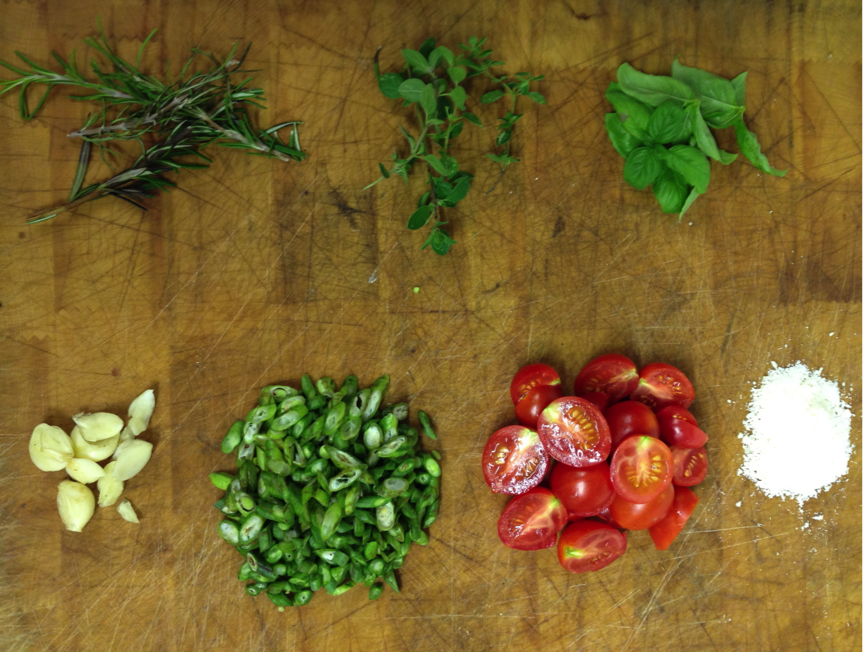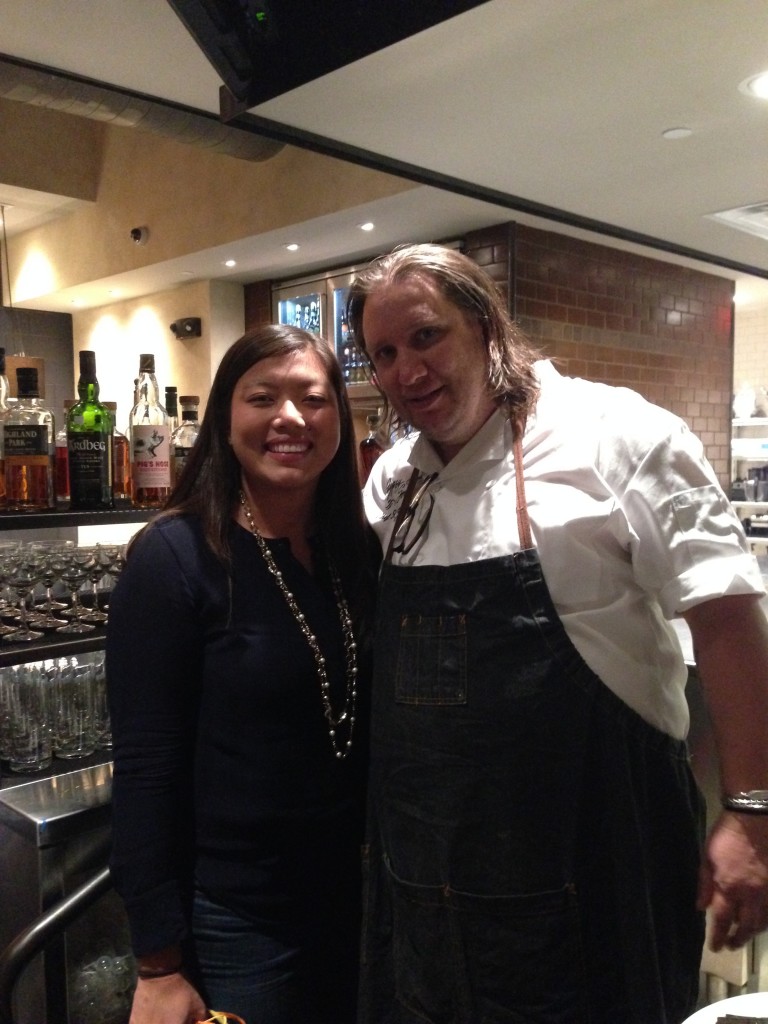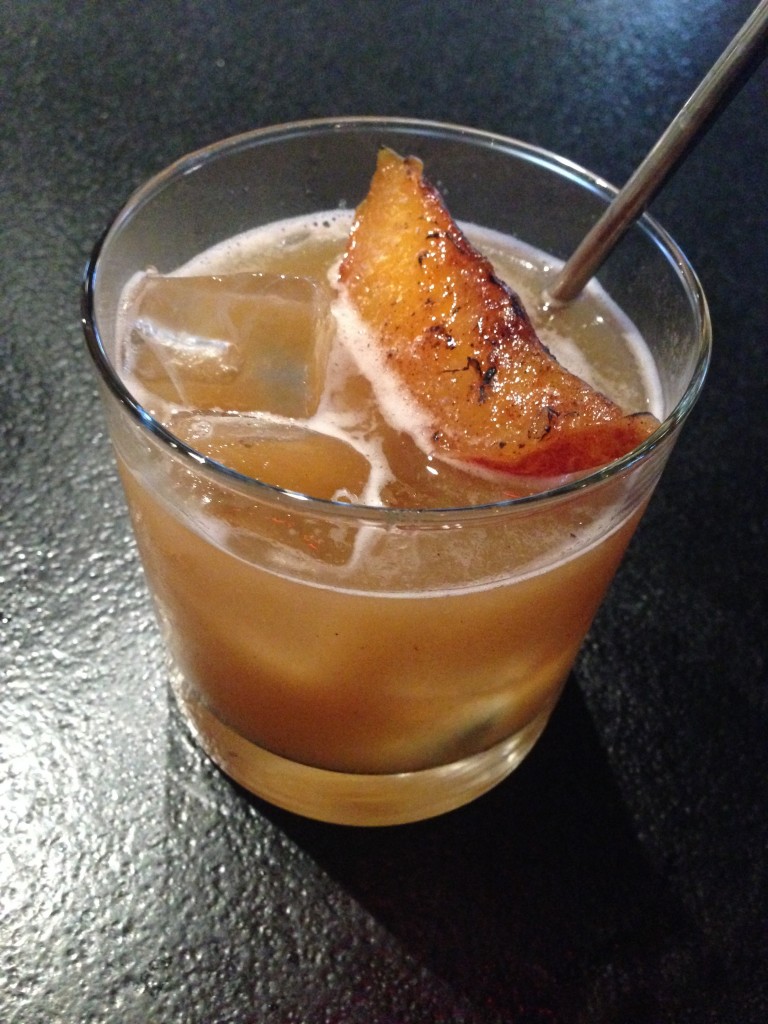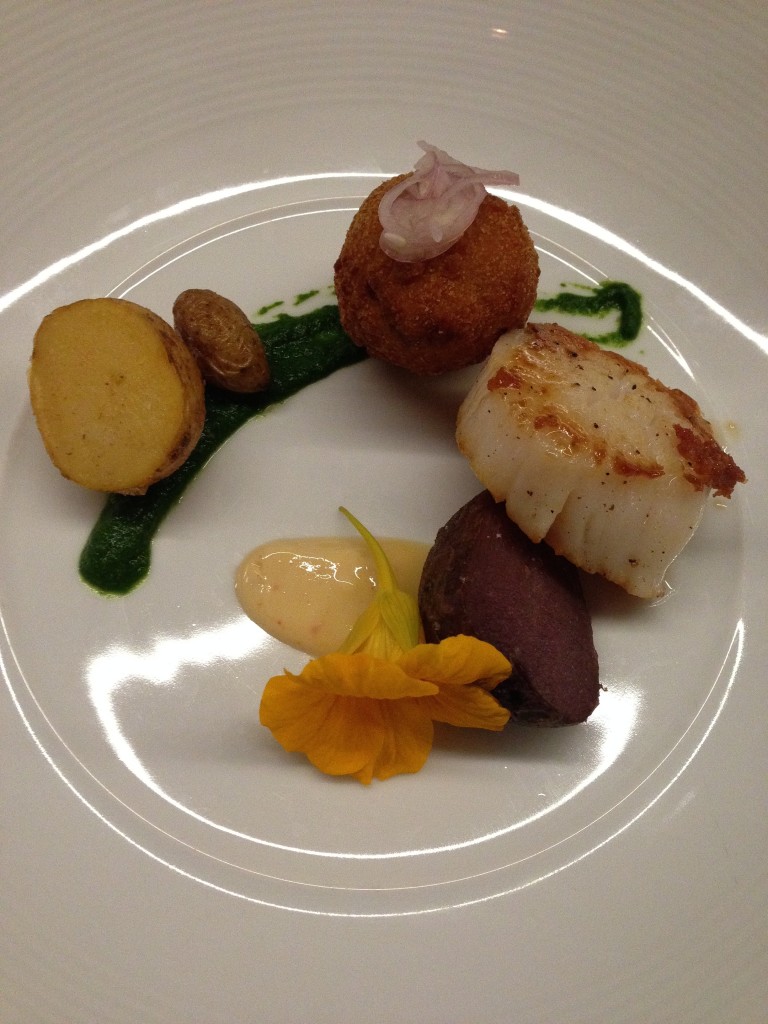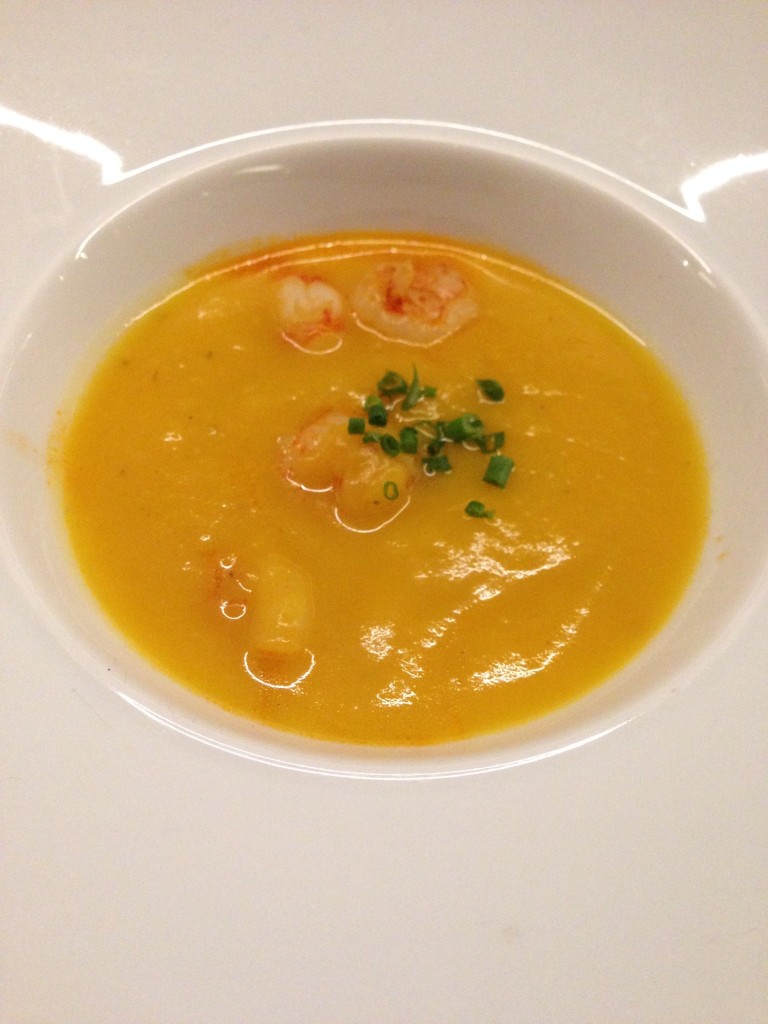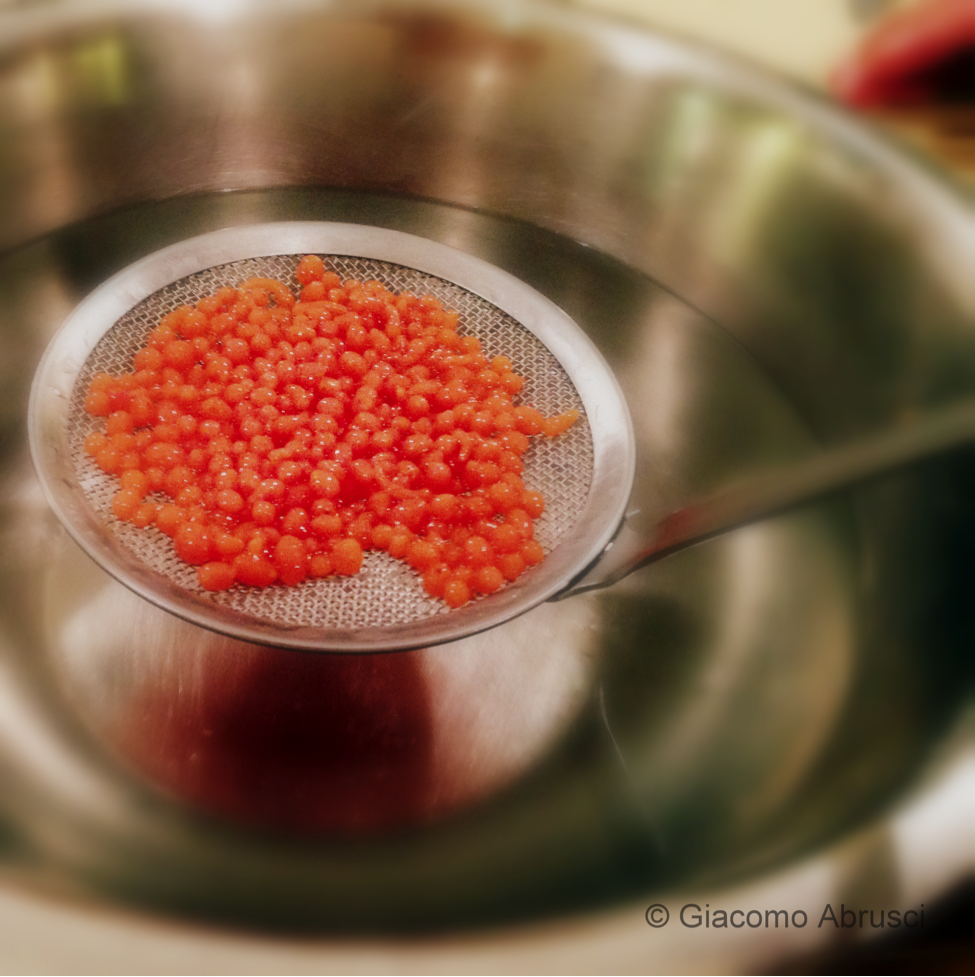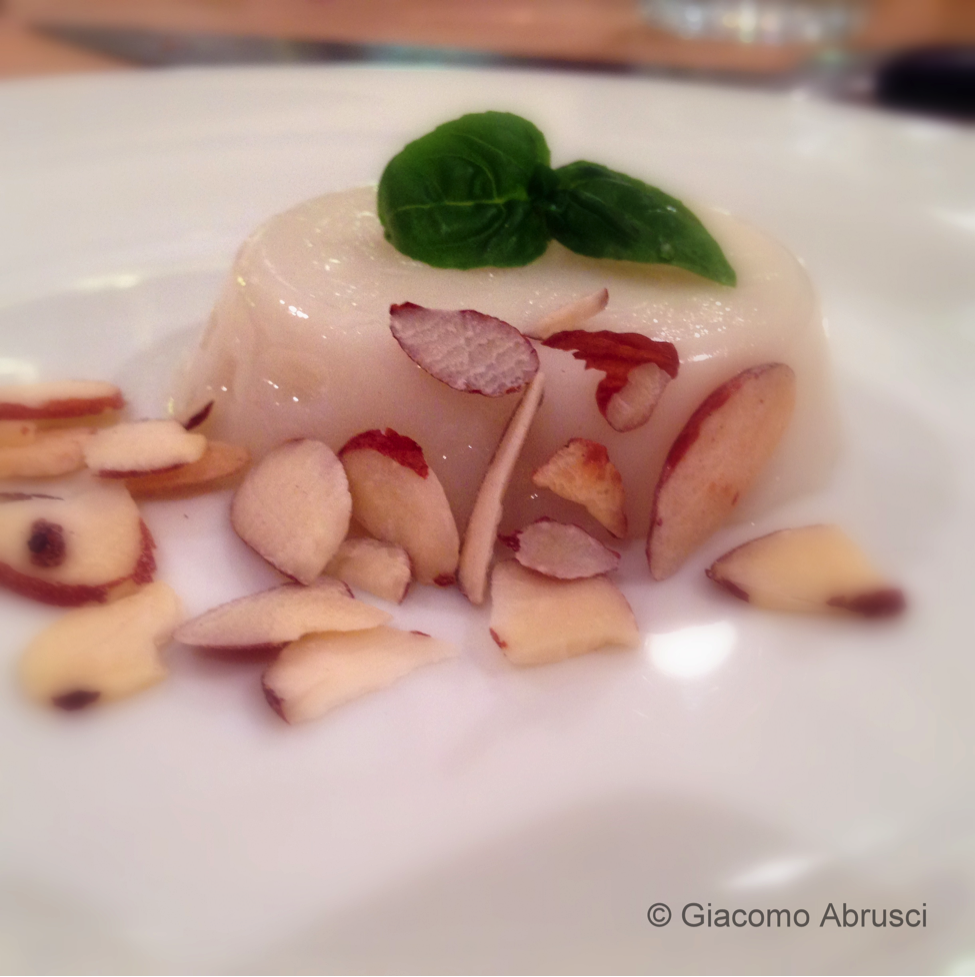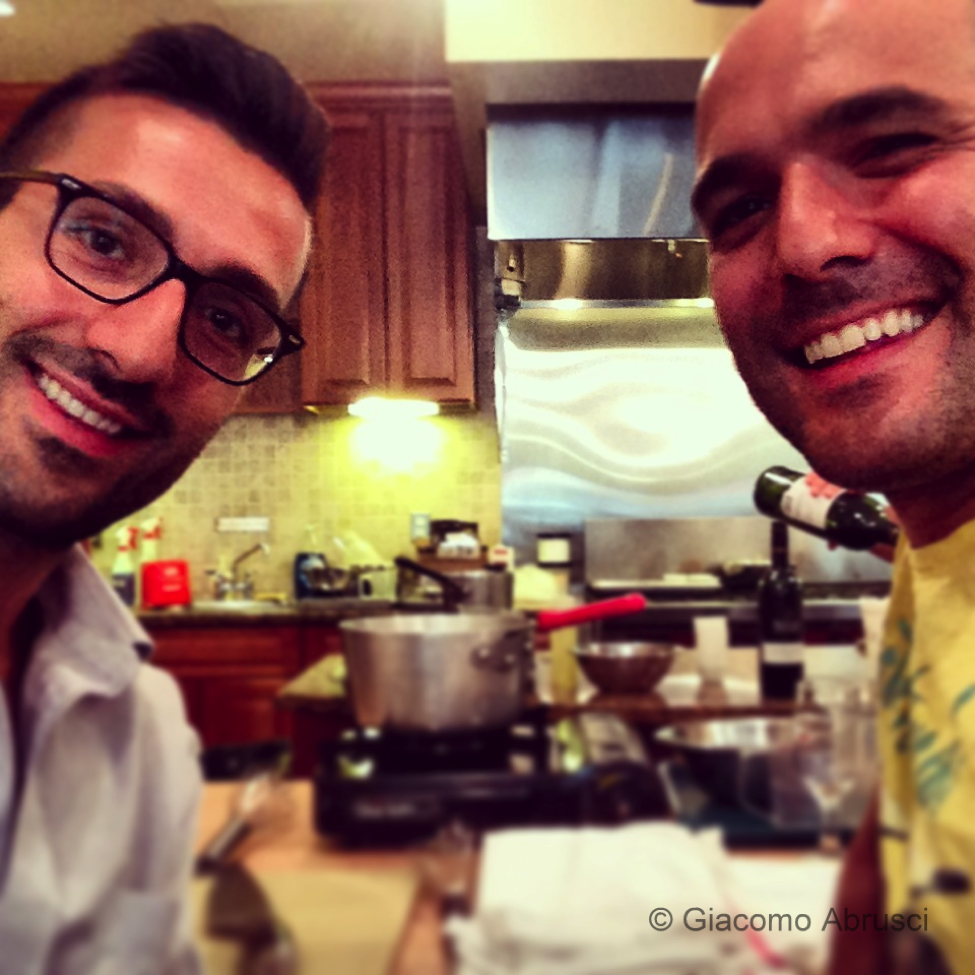Baked apples for the soul
/by Kristen Hartke, managing editor of Edible DC
 Apple Picking Locally at the Homestead Farm in Poolesville, MD (Photo by Raisa Aziz)
Apple Picking Locally at the Homestead Farm in Poolesville, MD (Photo by Raisa Aziz)
I really love to go apple picking in the fall. It may be a throwback to my childhood in New England, but there is something about going out to the orchard on a crisp autumn afternoon, with fat bumblebees buzzing around the fallen apples on the ground and filling a bushel basket so full of Staymans, Honeycrisps, and Macintosh that it takes at least two people to carry it. For my family, it was Bishop’s Orchard in Guilford, Connecticut, where my dad and I would pick so many apples that we’d feast on them for weeks after, my mom making everything from dumplings to pie to chutney. But the treat that we loved best was baked apples, oozing and caramelized from the oven and then topped with fresh whipped cream or ice cream.
 Apple Picking Locally at the Homestead Farm in Poolesville, MD (Photo by Raisa Aziz)
Apple Picking Locally at the Homestead Farm in Poolesville, MD (Photo by Raisa Aziz)
Baked apples are kind of legendary in my family because of my dad’s ancestor, Henry Francisco, or Old Henry. Old Henry purportedly lived to be 134 years old, finally succumbing to old age in 1820 at his farm in upstate New York, having served as a drummer boy at Queen Anne’s coronation and later a soldier in both the French & Indian and Revolutionary Wars. After some years running a pub, he later attributed his longevity to eating bread and butter, black tea, and baked apples for three meals a day.
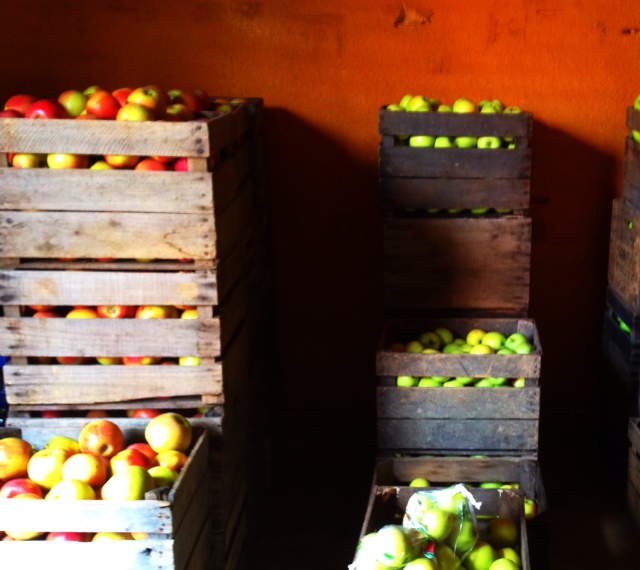 Apple Crates at Ridgefield Farm in West Virginia (Photo by Kristen Hartke)
Apple Crates at Ridgefield Farm in West Virginia (Photo by Kristen Hartke)
A couple of weeks ago I had the chance to visit friends who own Ridgefield Farm in West Virginia — Scott and Alan have told me about their pick-your-own apple orchard for years, but it was hard to imagine living someplace where every weekend throughout the fall there are actually thousands of people in your backyard, picking apples and pumpkins, going on hayrides, or trying to make their way through the corn maze. They told me that people stop by often, just to reminisce about coming there to pick apples when they were kids, kind of like me with Bishop’s Orchard.
While I was visiting, I picked some unbelievably huge Mutsu apples — Alan recommended them as perfect for baked apples, because they hold their shape really well. And so, in honor of Old Henry, and childhood memories, a tasty new twist on baked apples. Live long and prosper.
 Baked Apples (Photo by Kristen Hartke)
Baked Apples (Photo by Kristen Hartke)
Old Henry’s Baked Apples with Black Tea Caramel Sauce
for the baked apples:
4 medium to large baking apples — Mutsu, Honeycrisp, or Pink Lady are good options
1/2 cup dried cranberries
1/2 cup toasted walnuts, chopped roughly
1/4 cup rum or whiskey
2 tablespoons fresh orange juice
1 tablespoon sugar
1 teaspoon fresh orange zest
1/4 teaspoon ground nutmeg
a little olive oil or butter
Preheat the oven to 350 degrees. Core the apples, put them in a baking dish, and set aside. Mix together the other ingredients, except the olive oil or butter, and let marinate for about 10 minutes. Spoon the filling into the center of the apples, packing in well, then drizzle a little olive oil or place a pat of butter over the top of each apple. Pour the liquid from the filling mixture into the baking dish and add another 1/4 cup of apple cider or water. Cover the dish very loosely with aluminum foil and bake for 30 to 45 minutes, or until the apples are soft. Remove from oven and let cool for about 15 minutes, then serve with Black Tea Caramel Sauce (recipe below).
for the Black Tea Caramel Sauce:
1 cup brown sugar
4 tablespoons of butter
1/2 cup heavy cream, half-and-half, or I have even used coconut milk
2 tablespoons strong brewed tea (I like Earl Grey)
Pinch of salt
Put all ingredients into a small saucepan and whisk together over medium-low heat. Keep whisking for about 6 or 7 minutes as it begins to thicken, then turn off heat and let stand — it should continue thickening. At this point, you can refrigerate it and serve it warm or cold.



